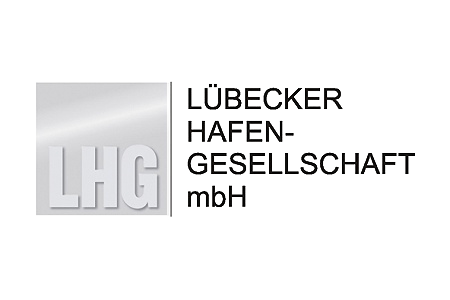Lübecker Hafen-Gesellschaft mbH (LHG) is Germany’s largest port operator for rolling cargo on the Baltic Sea. LHG’s terminals offer more than 90 departures a week to 20 partner ports worldwide. Modern IT systems are essential to guarantee customers optimal transport conditions 365 days a year. In order to maintain its high quality standards, the company decided to entrust leogistics GmbH with the replacement and modernization of its current logistics software with the yard management solution leogistics d.s.c. after a large and extensive tender.

LHG
High demands on the new digital billing system
A major challenge of the project was to reconcile the interests of the different stakeholders. One must not forget that the seemingly clear processes consist of complex sub-processes. Different stakeholders act in each sub-process. Making these multidimensional processes run smoothly is an extensive task.
Finding solutions together with the help of workshops
leogistics d.s.c. unites the different requirements
The package of standard software solutions from leogistics GmbH offers a technically high-quality approach across all processes. It has a structured modular design, an integrated solution for fast data flow, and the ability to make adjustments yourself at any time. Optimal planning, real-time information of process states and flexibility: these are precisely the factors that make a port 'smart'.
The result: fewer errors and higher speed with significantly reduced manual effort. The bottom line is that the LHG thus saves both time and money in the settlement of seaborne orders. In the future, the company will also digitize its landside billing processes and other sub-processes step by step using the digital order form. In addition to Yard Management, the introduction of the “leogistics Rail” module is in the works. This will provide a solution approach for all modes of transport and application areas in the future. The full integration of the individual modes of transport plays an important role for the LHG.
A look into the next project phases of the future
- Integration with the port railway project
- Terminals with rail connection
- Productive implementation of the optimization of the rail-terminal transition
- Connection of a crane and process optimizer at the KV terminal Skandinavienkai
- Traingate integration into the overall solution



